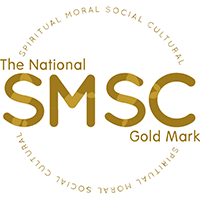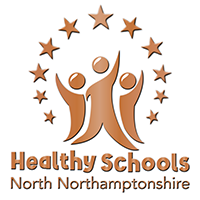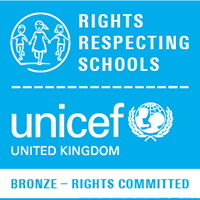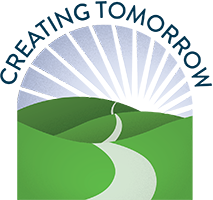Structured - Communication
Equals
My Communication Eq
The students are encouraged to use their preferred method of communication at all times. The school is committed to using a Total Communication environment, which includes the use of sign language, objects of reference, PECS, and communication books and boards, amongst others.
- Call & Response - During call and response sessions, some students will verbalise their responses, while some others will use a communication board or sign language to make a choice. Some other students like to be immersed in the music, and they will just enjoy the beat and rhythm of the session, communicating through music.
Wren Offer
| Circle Time | Students join circle time in the morning and afternoons. The objective is to familiarise the students with their peers, their names and the names of the community workers/staff that work with the students. For those students who are able, we use a register to record the day of the week and weather |
| Communication | Communication is practised across the school day. The students have access to low-tech AAC. They make choices of food, drinks, toys, and other activities. Alternatively, they use them to talk about people they like or places they enjoy. The adults model the student’s communication as well as their own using communication boards and books. |
| What’s in the box? | This session is designed to help the students to use their communication skills to make choices about something that they would like to engage with. This communication can be verbal or use symbols or colourful semantic sentences. |
| Structured Play (with communication focus) | The students have access to a structured play session, where communication books and boards are modelled in order to develop communication skills. The students at PECS levels are encouraged to make exchanges at various phases, depending on their abilities. The adult will model both the student’s communication, as well as their own communication. |
ASDAN
Engaging with the world around you:
- Sensory story.
Sensory stories convey simple narratives using a mixture of text and complimentary sensory experiences. Each section of the story (normally just a short sentence or two) is accompanied by a sensory experience to help bring the story to life. For example, in a story where a boat is crossing a sea, water may be sprayed. When telling sensory stories, we incorporate all the senses where appropriate, so touch, smell, sounds, taste and visual stimuli are utilised.
- Therapies
Students have access to private SALT and OT. They take part in activities with a focus on interoception or developing communication. These are delivered either in a 1:1 or small group situation.





